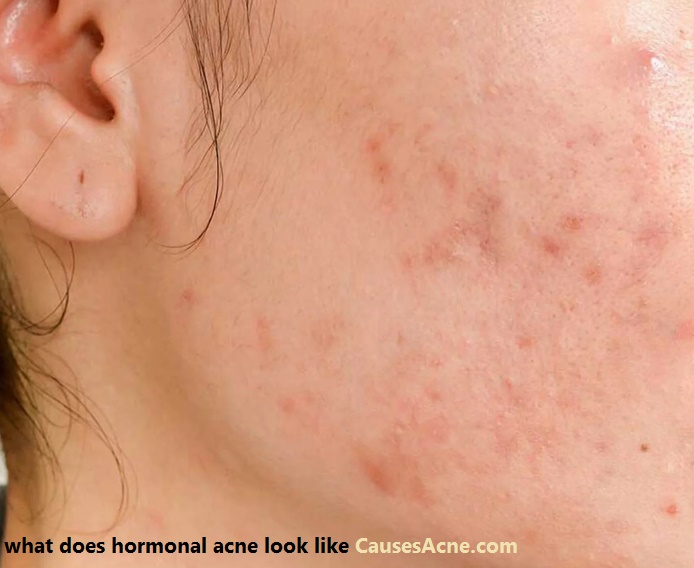
What Does Hormonal Acne Look Like?
Acne is a common skin condition that causes pimples, blackheads, and whiteheads to appear on the face, chest, back, arms, and legs. Acne can be caused by a variety of factors, including hormones.
What Hormones Cause Acne?
The main hormones that play a role in acne are androgens, such as testosterone. Androgens are male sex hormones, but they are also produced in the female body. High levels of androgens can lead to increased oil production in the skin, which can lead to clogged pores and the development of acne.
What Does Hormonal Acne Look Like?
Hormonal acne can appear anywhere on the body, but it is most likely to appear in certain areas, such as:
- The face, especially the nose, chin, and forehead
- The chest
- The back
- The shoulders
- The neck
Hormonal acne can be mild, moderate, or severe. Types of hormonal acne include:
- Whiteheads: These are small, closed pimples that appear when dead skin cells and oil build up in the pores.
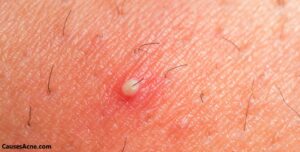
- Blackheads: These are small, open pimples that appear when dead skin cells and oil are exposed to the air and turn black.
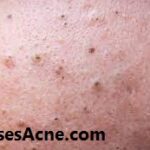
- Pimples: These are red, inflamed pimples that are filled with pus.
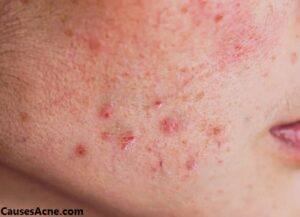
- Cysts: These are large, under-the-skin pimples that are filled with pus.
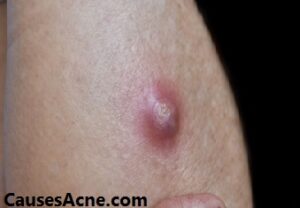
What Causes Hormonal Acne?
Hormonal acne can be caused by a variety of factors, including:
- Natural hormonal changes, such as those that occur during puberty, the menstrual cycle, pregnancy, and menopause.
- Certain medications, such as birth control pills and corticosteroids.
- Certain medical conditions, such as polycystic ovary syndrome (PCOS).
- Stress.
- Certain habits, such as smoking.
How Is Hormonal Acne Diagnosed?
Hormonal acne can be diagnosed by a skin examination and the patient’s medical history. The doctor may also ask about the patient’s menstrual cycle or any other medical conditions that may contribute to acne.
How Is Hormonal Acne Treated?
Treatment for hormonal acne depends on the severity of the condition. In mild cases, topical treatment, such as creams or lotions containing benzoyl peroxide or retinoids, may be helpful.
In moderate to severe cases, oral treatment may be necessary. Oral treatment options include:
- Antibiotics, such as erythromycin or tetracycline.
- Nonsteroidal anti-inflammatory drugs (NSAIDs), such as isotretinoin.
- Birth control pills.
How Can Hormonal Acne Be Prevented?
There is no sure way to prevent hormonal acne, but there are some tips that may help reduce the risk, such as:
- Wash your face twice a day with a gentle soap.
- Use oil-free skin care products.
- Avoid touching your face often.
- Eat a healthy diet.
- Get enough sleep.
- Manage stress.
Conclusion
Hormonal acne is a common skin condition that can cause pimples, blackheads, and whiteheads to appear on the face and body. Hormonal acne can be mild, moderate, or severe. Hormonal acne can be treated with topical or oral treatment.
